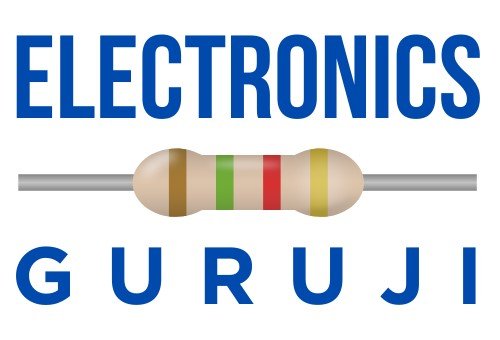
In the field of power management and electronics, the DC-DC boost controller stands as a silent hero, ensuring optimal voltage for enhanced device performance. In this comprehensive guide, we’ll explore DC-DC boost controllers, their functionality, advantages, applications, and installation.
At the heart of many electronic devices lies the DC-DC boost controller, a small yet powerful component that plays a pivotal role in regulating voltage. Boost controller specializes in stepping up, or boosting, a lower input voltage to a higher output voltage. Unlike other voltage regulators, the boost controller doesn’t have inbuilt switch, which makes it suitable for a higher power range for various applications with external switch.
The magic of the DC-DC boost controller lies in its ability to manipulate energy transfer. Using a combination of inductors, capacitors, and clever switching, the controller stores energy during one phase and releases it during another, resulting in a boosted output voltage. This process ensures that devices receive the precise power they need for optimal functionality.
One of the standout features of DC-DC boost controller is its ability to deliver power with unmatched precision. Unlike traditional power supplies, these boost controllers based converters excel in providing finely tuned voltage levels, ensuring that electronic devices operate within their optimal performance range.
DC-DC controllers are smaller in sizes when compared to conventional voltage converters. They are highly efficient too. This feature allows seamless integration into gadgets without compromising technical performance. Size may be small, but the impact is significant.
In the world of portable electronics, the DC-DC boost controller plays a crucial role in powering smartphones, tablets, and in countless other gadgets. Its compact design and precision make it the go-to solution for efficient power delivery in our everyday devices.
As wearable technology continues to evolve, so does the need for compact and efficient power solutions. The DC-DC boost controller becomes a key player in ensuring that wearable operate optimally on lower voltage batteries, combining technical expertise with practicality.
In the technical landscape of renewable energy, DC-DC Boost Controllers contribute significantly to solar power systems. Their role is to efficiently convert the variable voltage generated by solar panels into a stable and usable output, a technical necessity for effective energy utilization.
Similarly, in wind power applications, where the voltage generated by turbines can fluctuate, DC-DC Boost Controllers provide technical support by ensuring a consistent and usable output. This technical stability is vital for integrating wind power into existing electrical grids.
In conclusion, the DC-DC boost controller emerges as a crucial component in the world of power management, providing precision, efficiency, and adaptability. Their superb efficiency, compact design, and precise voltage regulation make them indispensable for a myriad of applications. As technology continues to advance, the technical role of DC-DC Boost Controllers will evolve, shaping the future of efficient power management.
A: Advanced controllers employ technical mechanisms such as feedback loops to adapt and maintain stability in the face of abrupt load changes.
A: Efficiency depends on factors such as switching frequency, inductor quality, and the controller’s design. Higher efficiency controllers minimize power losses.
A: While many controllers are designed for a wide temperature range, exceeding specified limits can impact technical performance. Ensure the controller’s technical specifications match the operating environment.
A: Dynamic voltage scaling is a technical feature that adjusts the output voltage based on load requirements. The controller continuously monitors the load and optimizes the voltage to enhance technical efficiency.